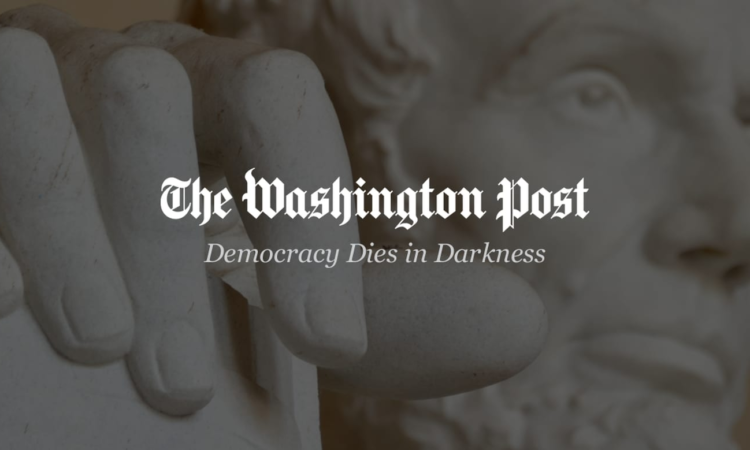
Instead, the country scraped through, with much help from forces beyond the archipelago. In particular, the US, the place emerging markets have long desired to stand apart from but can never quite manage to decouple.
Mid-October was a perilous time for global markets. The prior weeks had experienced tumult unseen for at least a generation: Japan propped up the yen for the first time since the late 1990s, Switzerland was forced to end an experiment with negative interest rates, while a collapse in the British pound and debt destroyed a prime minister. Emerging markets were having a torrid time, too. South Korea and Indonesia stepped up intervention to cushion their currency’s retreat. The Philippines peso just slid to a record low of 59 per dollar. Behind it all was an uber-hawkish Federal Reserve and the byproduct of the American central bank’s escalating battle against inflation: A rampaging greenback.
This was the backdrop for Finance Secretary Benjamin Diokno’s remarks to Bloomberg News on Oct. 21 in Bangkok that he didn’t want to see the peso weaken beyond 60 per dollar. His desire for a circuit breaker was understandable: The currency had been hammered the prior six months, along with counterparts through much of Asia, exacerbating a local inflation problem and carrying more than a whiff of financial instability.
Except you are not supposed to say that. Conventional wisdom has long held that the minute top officials publicly nominate a line in the sand, speculators will test — and likely burn — them. Robert Rubin, who as US Treasury secretary from 1995 to 1999 intervened to both weaken and bolster the dollar, was wary of committing himself publicly to a particular course of action. Rubin tweaked his language on exchange rates very rarely and acted only when he could do so with the benefit of surprise. Even Mahathir Mohamad, the former Malaysian prime minister and foe of traders, avoided being too specific when plotting to challenge markets. “We are willing to spend some more just to defend it,” Diokno said in the interview. “Let’s not worry about drawing down reserves,” he said. “That’s the reason why we’re building up our buffers.”
Risky stuff. Yes, reserves can sometimes be used effectively to cushion swings in exchange rates, to slow the pace of appreciation or decline, or inject a bit of two-way risk in trading. What they usually can’t do, unless the country in question prints a reserve currency, is stand against the overall direction of markets. More than $7 trillion changes hands each day in the global currency market, reckons the Bank for International Settlements. Naming a big round number as a point not to be crossed is tempting fate, especially for a relatively small economy.
In the end, the line of 60 pesos held. Was it because traders feared Philippines authorities or was a broader story developing after the frenetic days of late September and early October, one that benefited not just the Philippines but pretty much every currency other than the greenback?
The clues lie in a speech delivered Sept. 30 by Fed Vice Chair Lael Brainard. She talked tough on inflation, insisting that the Fed’s increases — the root cause of the dollar’s march — weren’t done. With that commitment reiterated, Brainard acknowledged the need to guard against risks to financial stability. Critically, she discussed “proceeding deliberately” with hikes. Until that point, many of her colleagues, including Chair Jerome Powell, had talked about moving with haste to a point where borrowing costs were restrictive.
Minutes of the Federal Open Market Committee’s September meeting, released weeks after Brainard’s address, echoed her line. Still, skeptics argued there was no sign of a pivot. It’s clear in retrospect that no matter what you called it, the Fed was preparing to change down a gear or two. On Nov. 1, the Fed initiated its last 75 basis point hike; Powell signaled smaller increments ahead. December’s tightening was a mere half point.
The downshift is likely to continue. A chorus of Fed policymakers have voiced support for an increase of just 25 basis points this week. Markets see the Fed as almost done, and possibly even cutting rates this year. After peaking late September, the Bloomberg Dollar Spot Index has been in retreat. The Philippines peso has strengthened to around 54 per greenback, well shy of the levels of late September and early October. The yen, Korean won, Malaysian ringgit and a host of emerging-market currencies enjoyed a similar boost, along with the pound and the euro.
Whether through luck or foresight — or some combination — Manila’s jawboning paid off. It’s also a tale of how currency markets stepped back from the brink, especially those in Asia, where disentangling from US influence is often mouthed as a desire but seldom practicable. “The strong dollar period is over unless there is a drastic change,” Philippines central bank Governor Felipe Medalla said Jan. 20 when describing the more benign outlook. Pauses in rate hikes are widely anticipated in Australia, Indonesia, South Korea and the euro zone, as well as the US.
Even in their sweet spot, currency markets hinge on the US, and on one or two key people. Dollar dominance looks unshakeable, no matter what desires to the contrary others may have.
More from Bloomberg Opinion:
• Who Is Afraid Of the Big Bad Rate Pause?: Daniel Moss
• Central Banks Should Put Growth Before Pride: Marcus Ashworth
• Buoyant Markets Need to Watch 4 Risk Factors: Mohamed El-Erian
This column does not necessarily reflect the opinion of the editorial board or Bloomberg LP and its owners.
Daniel Moss is a Bloomberg Opinion columnist covering Asian economies. Previously, he was executive editor of Bloomberg News for economics.
More stories like this are available on bloomberg.com/opinion



